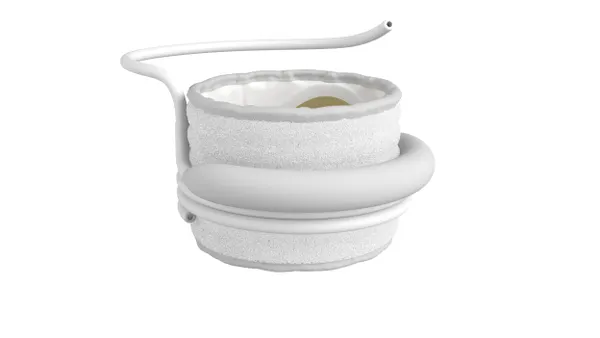Dive Brief:
-
BD lowered its earnings guidance Thursday in response to an anticipated 50% drop in sales of paclitaxel-coated balloons.
-
FDA flagged a potential link between the cardiovascular devices and increased mortality at the start of the year, before following up in March with a recommendation physicians use alternative products. Sales at BD's peripheral intervention unit that makes paclitaxel-coated devices grew 1.1% in the company's second quarter, but the reporting period was almost finished when FDA recommended against using the products.
-
All three of BD’s segments — medical, life sciences and interventional — achieved low-single-digit growth on a constant currency basis, and only one subgroup within these segments contracted over the period. The shrinking subgroup was diagnostic systems, which faced a tough comparison due to a strong flu season in 2018.
Dive Insight:
BD fought back against FDA’s recommendation in March, arguing that the overall dataset supports the safety and efficacy of its Lutonix drug-coated balloon. However, the FDA recommendation is still in place and the situation may get worse in June, when the agency is due to hold an advisory committee meeting to discuss the matter.
Faced with the headwind, BD has lowered its forecast earnings growth to 12%, down from a range of 13% to 14%. BD attributed the downward revision to pressures on its paclitaxel-coated devices that it expects to wipe 50% off sales of the products in the second half of 2019. The prediction is based on current trends.
“[A 50% drop] is what we’re seeing through the month of April and late March,” BD CFO Christopher Reidy told investors on a conference call to discuss second quarter results.
BD also reduced its revenue growth outlook for the full year, although management cited changes in foreign currency exchange rates as the main driver of that revision. The company now expects sales to grow 8% to 9%, down half a percentage point from its prior forecast. Excluding the effect of currency exchange, BD still predicts sales growth of 5% to 6%, although it is unlikely to hit the upper end of the range.
The company maintained its constant currency sales growth forecast despite the rough waters at its interventional unit. Management now expects interventional sales to grow 4.5% to 5.5%, down from the 6% to 7% it forecast in February.
Overall sales fell slightly to $4.2 billion in the second quarter and came in just below BD’s expectations, largely as a result of the pressures on drug-coated balloons and inventory adjustments affecting medication delivery solutions.
On a constant currency basis, BD reported mid-single-digit growth at multiple units, from the 3.8% achieved by the peripheral intervention business up to the 7.3% seen at the medication management solutions unit. Though sizable, BD's peripheral interventions business is still less significant than the company's surgery, medication delivery and medication management solutions units.
BD expects growth to accelerate in the back half of 2019 but the FDA meeting in June could deliver a blow to the intervention unit's 2020 prospect. But the meeting could also mark the start of an uptick in the unit's fortunes as BD said it thinks it has the data to support a turnaround.
“As we dig further [into the data] ... we become more and more confident,” BD COO Tom Polen told investors. BD is “not doing any restructuring” of the peripheral intervention unit at this time, although that could change if the FDA meeting goes poorly for the company, Polen said.
Shares in BD fell 3% in premarket trading.








